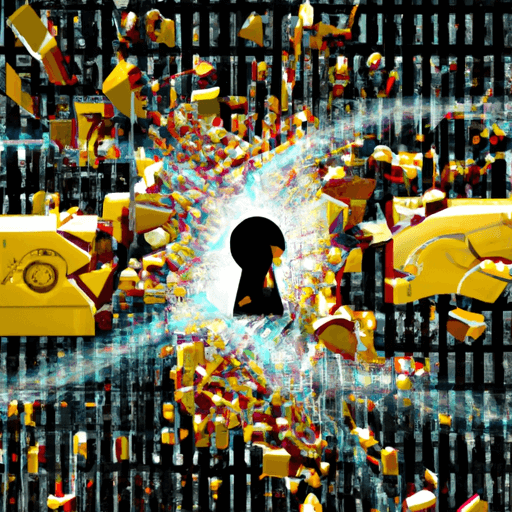The Advantages of Experiential Learning in Education: How it Benefits Students and Educators
Experiential learning is a method of education that involves hands-on, interactive learning. It is a powerful tool that can be used to engage students and help them to apply what they have learned in the classroom to real-life situations. Experiential learning has been shown to have a positive impact on student achievement and can be a great way for educators to help their students learn and grow.
Different Types of Experiential Learning and Their Advantages
There are several different types of experiential learning that educators can use in their classrooms. These include role-playing, field trips, simulations, and service learning. Each type of experiential learning has its own advantages. For example, role-playing can help students to understand a concept in greater depth, simulations can help students to practice skills in a safe environment, and field trips can help students to gain a better understanding of the world around them. Service learning can help students to understand how their knowledge can be used to help others.
Research Studies Showing the Impact of Experiential Learning on Student Achievement
Research studies have found that experiential learning can have a positive impact on student achievement. A study conducted by the American Educational Research Association found that students who participated in experiential learning activities had higher test scores than those who did not. The study also found that students who participated in experiential learning were more likely to have higher grades and higher attendance rates than those who did not. This shows that experiential learning can be an effective tool for helping students to achieve their academic goals.
How Educators Can Incorporate Experiential Learning Into Their Classroom
Experiential learning can easily be incorporated into any classroom. Educators can use simulations, role-playing, field trips, and service learning to engage students and help them to apply what they have learned in the classroom to real-life situations. Educators can also use technology such as virtual reality to create immersive learning experiences. By incorporating experiential learning into their classrooms, educators can help their students to become more engaged and to apply their knowledge in meaningful ways.
Examples of the Effectiveness of Experiential Learning in Education
Experiential learning is an effective tool for helping students to learn and to achieve their academic goals. For example, a study conducted at the University of Wisconsin-Madison found that students who participated in experiential learning activities had higher test scores and higher grades when compared to students who did not. Another example is a study conducted at Ohio State University, which found that students who participated in experiential learning activities had higher levels of motivation and engagement than those who did not. These studies show that experiential learning can be a powerful tool for helping students to learn and to achieve their academic goals.
Experiential learning is an effective way of helping students to learn and to achieve their academic goals. It can help students to engage with material in a meaningful way, and it can help educators to create immersive learning experiences. By incorporating experiential learning into their classrooms, educators can help their students to become more engaged and to apply their knowledge in meaningful ways.
















Comments
Leave a Comment